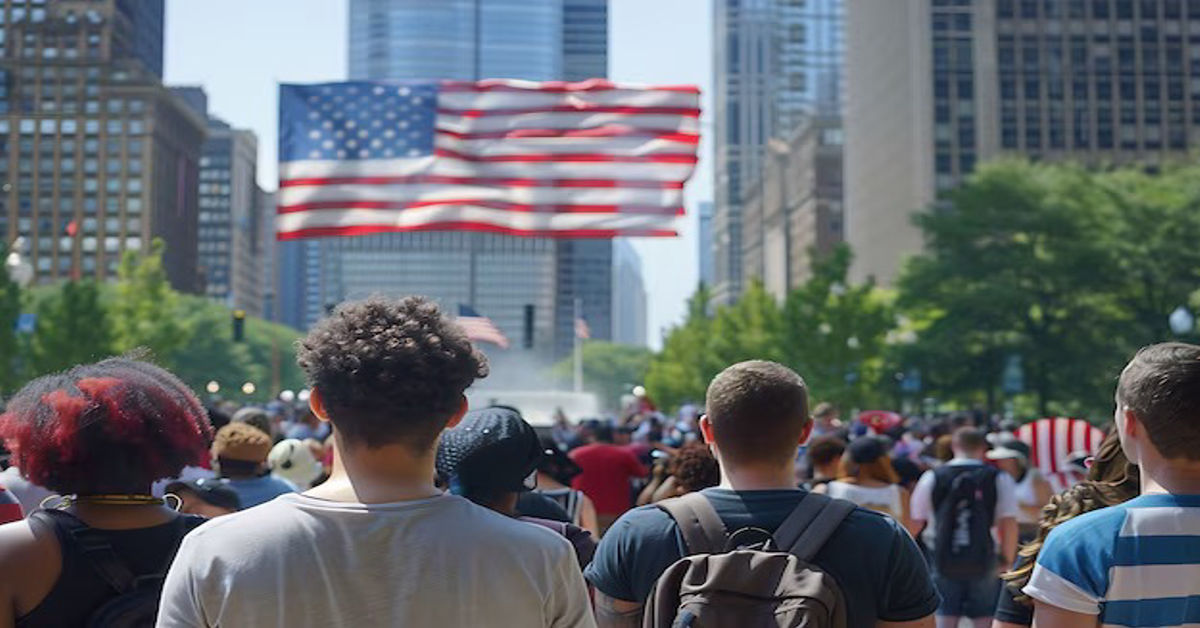A recent court decision has reshaped the direction of U.S. refugee policy in a significant way. A federal judge has ordered the Trump administration to admit around 12000 refugees into the United States, reversing part of an executive order that had temporarily halted refugee admissions. This ruling not only reinstates travel for thousands of displaced individuals but also sets a precedent for how executive powers are interpreted in humanitarian matters. This article breaks down the events, legal arguments and implications surrounding the decision Judge Orders 12000 Refugees.
Background of the Legal Dispute
The refugee admissions program, established by Congress in 1980, was designed to offer sanctuary to individuals fleeing war, persecution, and natural disasters. On January 20, 2025, the Trump administration enforced an executive order suspending this program, citing national security concerns.
Immediately following this suspension, legal challenges emerged. Advocacy groups and immigration attorneys argued that the executive order unjustly disrupted the lives of refugees who had already been approved for resettlement and had completed most, if not all, of their security checks and travel preparations.
Key Details of the Court Ruling
U.S. District Judge Jamal Whitehead issued a ruling mandating that the government must admit approximately 12000 refugees. These individuals had been approved for travel before the executive order took effect but were caught in limbo due to the sudden suspension.
The Trump administration maintained that only about 160 refugees had “confirmable and arranged” travel plans. However, Judge Whitehead rejected this interpretation, asserting that the government was misreading the instructions laid out by the 9th Circuit Court of Appeals.
In his ruling, Whitehead gave federal agencies and U.S. embassies a seven-day deadline to resume refugee processing and finalize preparations for their travel, assuming their background and medical clearances were still valid.
Who Are the Affected Refugees ?
The affected group consists of individuals who had already received approval through the multi-step refugee resettlement process before the policy suspension. These individuals come from various conflict-ridden regions, including:
- Syria
- Afghanistan
- Democratic Republic of Congo
- Myanmar
- Venezuela
Many had sold their possessions, quit jobs, or left refugee camps in anticipation of their relocation. Their sudden suspension created extreme uncertainty and hardship.
Government’s Argument and Rebuttal
The Justice Department argued that only a small subset of refugees met the criteria established by the 9th Circuit Court—those with travel arrangements confirmed within two weeks of the suspension. This would limit admissions to approximately 160 individuals.
Judge Whitehead, however, emphasized that this narrow interpretation undermines the appeals court’s intent. He stated that all refugees with verifiable approvals and completed steps prior to the order should be processed, not just those booked for immediate travel.
This clarification opened the door for the full 12000 individuals to be considered eligible under the court’s interpretation.
Legal and Humanitarian Significance
This decision marks an essential development in the ongoing tension between national security and humanitarian obligations. By prioritizing refugees who had already been vetted, the court affirmed the balance between lawful enforcement of executive authority and protecting individuals’ rights under previously established commitments.
It also serves as a reminder that immigration law involves not only statutes and policies but the human lives entangled within them.
Broader Impacts on U.S. Refugee Policy
This ruling could influence future refugee policies by:
- Reinforcing the role of judicial review in checking executive overreach
- Setting precedent for honoring pre-approved refugee entries
- Highlighting the need for clarity in how courts interpret executive actions
Furthermore, it could reshape how administrations in the future handle suspensions of humanitarian programs, ensuring that abrupt halts do not leave already-approved individuals stranded.
How the Refugee Admissions Program Works
To understand the ruling’s weight, it’s essential to grasp the refugee admissions process. Here are the key steps:
- Referral and Registration: The UN or U.S. embassies refer potential candidates.
- Screening and Vetting: Includes biometric checks, interviews, and medical exams.
- Approval and Matching: Once approved, refugees are assigned to resettlement agencies.
- Travel and Arrival: Logistics are arranged through the International Organization for Migration.
- Resettlement Support: Upon arrival, individuals receive housing, healthcare, and job training.
Each stage can take months or even years, which is why abrupt policy changes can be particularly disruptive.
Judge Jamal Whitehead’s Legal Reasoning
Whitehead’s ruling relied heavily on the principle of procedural fairness. He stated that denying entry to individuals who had already passed legal checks and received approvals was not only unjust but inconsistent with the appellate court’s guidance.
The judge emphasized:
- The humanitarian obligations of the U.S. refugee policy
- The need to follow through on commitments already made
- The role of courts in ensuring clarity and fairness in policy implementation
This legal stance echoes previous rulings where courts have intervened when executive actions appeared to contradict legislative intent.
Political and Social Reactions
The ruling Judge Orders 12000 Refugees sparked a mixed political response. Immigration advocates and civil rights groups praised the decision, stating it upheld the rule of law and protected vulnerable populations.
Conversely, some political figures aligned with the administration criticized the ruling, arguing it limited the executive branch’s ability to act swiftly on national security matters.
Social media and public forums showed overwhelming support from American citizens sympathetic to the plight of refugees.
What Happens Next
Following the ruling, the administration is legally obligated to instruct relevant agencies to resume refugee processing within seven days. This involves:
- Revalidating medical and security clearances
- Re-issuing travel documents
- Coordinating arrivals through international and domestic agencies
Additionally, the ruling may lead to further judicial scrutiny if the administration seeks to appeal or limit its scope.
Timeline of Key Events
| Date | Event |
| 1980 | U.S. Refugee Admissions Program created by Congress |
| Jan 20, 2025 | Trump administration suspends refugee admissions |
| Feb 2025 | Legal challenges begin from advocacy groups |
| March 2025 | 9th Circuit Court offers partial limitation on ruling |
| July 2025 | Judge Whitehead rules in favor of 12000 refugees |
| July 29, 2025 | Deadline for administration to begin processing |
Conclusion
The Judge Orders 12000 Refugees marks a critical turning point in the balance of humanitarian values and national policy. By reaffirming the legitimacy of prior approvals and maintaining legal consistency, the court has set a precedent for future immigration actions.
As the United States continues to navigate complex immigration issues, this decision stands as a reminder of the importance of due process and compassion. For the thousands affected, it represents not just a legal victory, but the chance to start anew in safety and dignity.
Frequently Asked Questions (FAQ)
What does the judge’s order mean for refugee admissions?
It means the U.S. government must admit about 12000 refugees who had already been approved before the suspension was enacted.
Why was the refugee program suspended?
The Trump administration cited national security as the reason for suspending the program on January 20, 2025.
Who qualifies among the 12000 refugees?
Those who had completed the required security and medical vetting and had been approved for travel prior to the suspension date.
What is the timeline for resuming admissions?
The administration has seven days from the ruling to begin reprocessing and instruct relevant agencies.
Could this ruling affect future administrations?
Yes, it sets a legal precedent for how courts may interpret executive authority regarding refugee policy.







